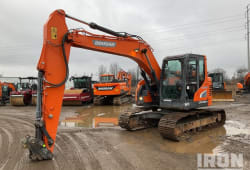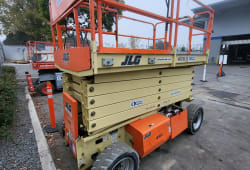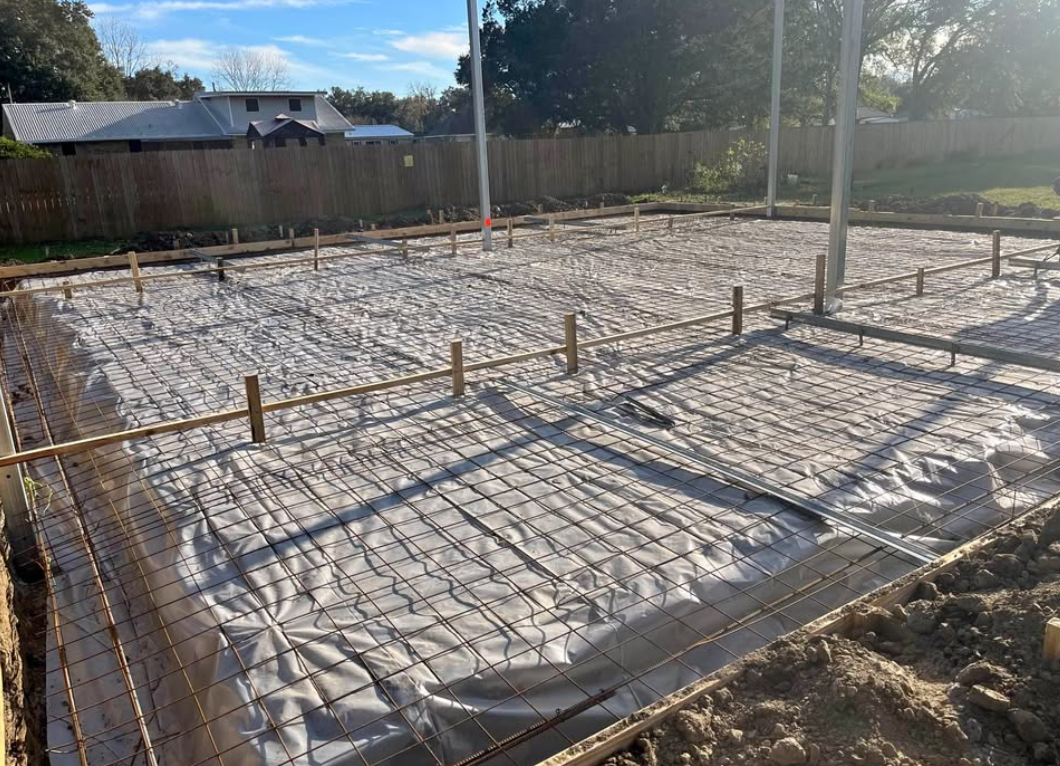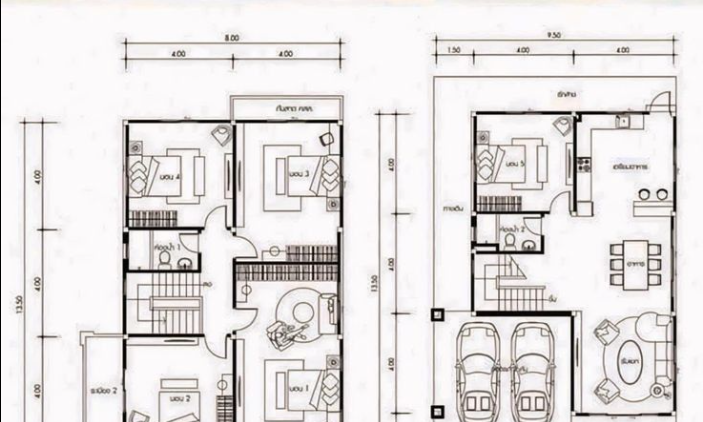AI in Construction: Smarter, Safer, Faster
3 Min read
May 8, 2025
Artificial Intelligence (AI) is no longer a futuristic concept-it's here, and it's revolutionizing the construction industry from the ground up. From project planning to on-site safety, AI is helping contractors, designers, and developers streamline operations, reduce costs, and improve outcomes.
In this post, we’ll explore how AI is transforming the construction industry, the role of AI in construction project management, the impact of AI in construction, and how AI changes construction design for the better.
The Role of AI in Construction Project Management
One of the most significant areas where AI is making waves is project management. Traditionally, construction project management involves juggling timelines, resources, budgeting, and human coordination-often manually. With AI, this is changing dramatically.
Predictive Analytics for Smarter Planning
AI uses historical data to forecast potential delays, cost overruns, and scheduling conflicts. This allows project managers to proactively make decisions, rather than reacting to problems after they occur.
Real-Time Monitoring and Resource Allocation
AI-powered platforms now track equipment use, worker productivity, and material deliveries in real time. This leads to better resource allocation and minimizes waste or downtime.
Automation of Routine Tasks
From automating permit processing to generating daily progress reports, AI is reducing the time spent on administrative tasks, allowing managers to focus on higher-value decision-making.
The Impact of AI in Construction: From the Office to the Job Site
:format(webp))
The impact of AI in construction goes far beyond just project management-it's transforming how entire job sites operate.
Improved Safety and Risk Management
AI-enhanced safety systems can detect potential hazards through site cameras and wearable sensors. These tools help predict accidents and alert teams before issues arise.
Enhanced Equipment Performance
AI is being used to track machinery performance and predict maintenance needs, which reduces costly breakdowns and extends equipment lifespan.
Labor Efficiency
With the ongoing skilled labor shortage, AI-powered robotics are stepping in to assist with repetitive tasks like bricklaying, excavation, and demolition-freeing human workers for more complex responsibilities.
How AI Changes Construction Design: Smarter, Faster, and More Sustainable
AI is revolutionizing the design phase in ways that were unimaginable just a few years ago. Here’s how AI changes construction design:
Generative Design
AI algorithms can generate thousands of design iterations based on parameters like material, cost, structural integrity, and environmental impact. Designers and architects can then choose the best option, reducing guesswork and saving time.
Virtual Reality (VR) + AI
:format(webp))
With VR and AI combined, stakeholders can walk through a building design before it’s even constructed. AI enhances the experience by suggesting design improvements in real time.
Sustainability by Design
AI tools help architects design energy-efficient buildings by simulating various material and layout combinations. This leads to greener construction that meets today’s demand for sustainability.
Final Thoughts: A Future Built on AI
The question is no longer whether AI will change construction, but how quickly and to what extent. As we've explored, how AI is transforming the construction industry touches every phase-from planning and management to on-site execution and design.
While challenges remain-like the cost of implementation and training-one thing is clear: embracing AI isn't just about staying competitive; it’s about building smarter, safer, and more sustainable structures for the future.
Want to Stay Ahead in Construction?
If you’re in the construction business, now’s the time to explore how AI can work for your team. Whether you're looking to improve safety, boost efficiency, or streamline design, AI offers powerful tools to help you build better.

Aaron Kline is the Co-Founder and COO of Boom & Bucket, where he leverages his extensive leadership experience to revolutionize the heavy equipment industry. With a background in building scalable processes and teams from his time as a Naval officer and executive roles in tech, Aaron focuses on introducing cutting-edge technology to construction and agriculture markets. Before Boom & Bucket, he held leadership positions at Skylo and Yard Club (acquired by Caterpillar), and he’s passionate about fostering innovation and driving efficiency in under-digitized industries.










